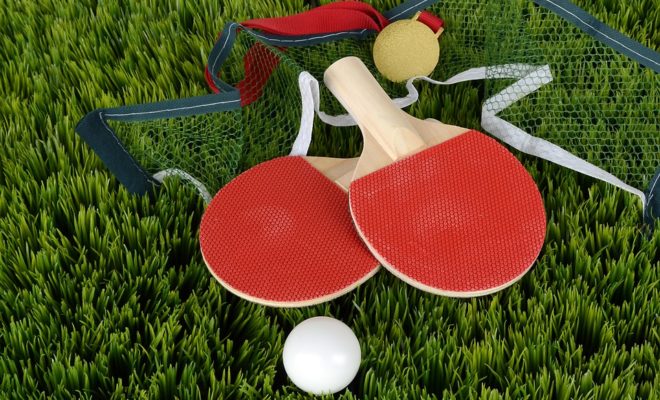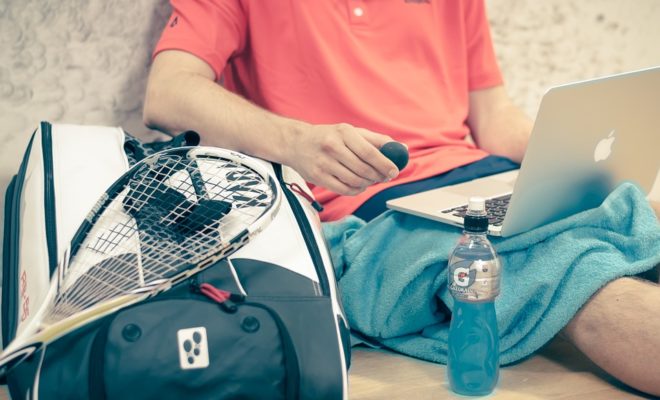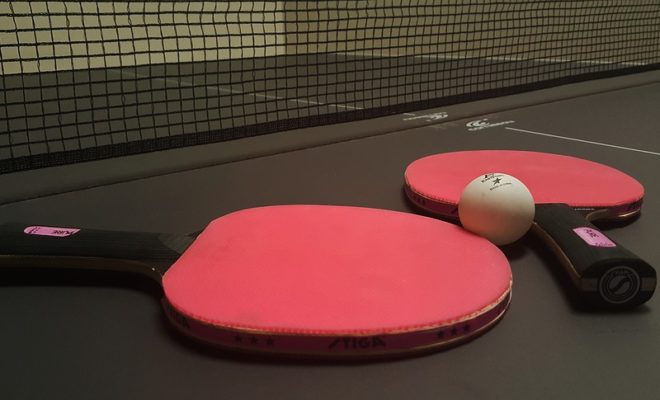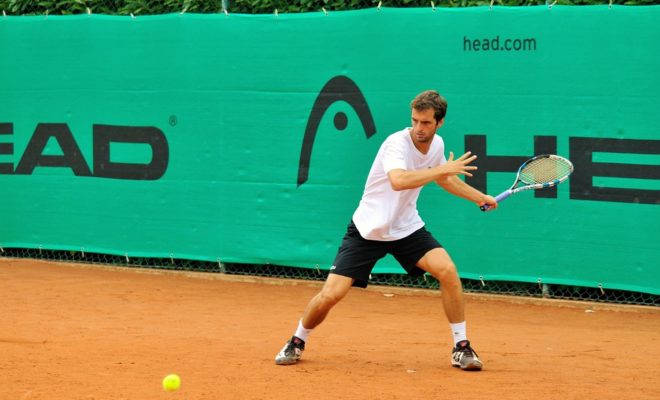THE DRIVE IN TENNIS

The forehand drive is the opening of each hostile in tennis, and, thusly, ought to be most precisely examined. There are sure decides of footwork that apply to all shots. To achieve a ball that is a short separation away, propel the foot that is far from the shot and in this way swing into position to hit. In the event that a ball is excessively near the body, withdraw the foot nearest to the shot and drop the weight back on it, in this way, once more, being in position for the stroke. Whenever rushed, and it is unrealistic to change the foot position, toss the weight on the foot nearest to the ball.
The collector ought to dependably anticipate the administration confronting the net, however once the serve is begun while in transit to court, the beneficiary ought to immediately achieve the position to get it with the body at right points to the net.
The forehand drive is comprised of one nonstop swing of the racquet that, with the end goal of investigation, might be separated into three sections:
1. The bit of the swing behind the body, which decides the speed of the stroke.
2. That segment promptly before the body which decides the course and, in conjunction with weight move from one foot to the next, the pace of the shot.
3. The segment past the body, practically identical to the golfer’s “”finish,”” decides turn, top or cut, granted to the ball.
All drives ought to be topped. The cut shot is an entirely unexpected stroke.
To drive straight down the side-line, develop in principle a parallelogram with two sides made up of the side-line and your shoulders, and the two closures, the lines of your feet, which ought to, if expanded, shape the correct points with the side-lines. Meet the ball at an indicate around 4 1/2 feet from the body quickly before the belt clasp, and move the weight from the back to the front foot at the MOMENT OF STRIKING THE BALL. The swing of the racquet ought to be level and straight through. The racquet head ought to be on a line with the hand, or, on the off chance that anything, marginally ahead of time; the entire arm and the racquet ought to turn somewhat over the ball as it leaves the racquet confront and the stroke proceed to the furthest reaches of the swing, therefore bestowing top turn to the ball.
The hitting plane for all ground strokes ought to be between the knees and shoulders. The most positive plane is on a line with the midriff.
Never step far from the ball in driving cross court. continuously toss your weight in the shot.
The forehand drive from the left court is indistinguishably the same for the straight shot down your rival’s forehand. For the cross drive to his strike, you should think about an askew line from your strike corner to his, and along these lines make your stroke with the footwork as though this nonexistent line were the side-line. As it were, line up your body along your shot and make your normal drive. Try not to attempt to “”spoon”” the ball over with a postponed wrist movement, as it tends to slide the ball off your racquet.
All drives ought to be made with a hardened, bolted wrist. There is no wrist development in a genuine drive. Best turn is bestowed by the arm, not the wrist.
The strike drive takes after nearly the standards of the forehand, with the exception of that the weight moves a minute sooner, and the R or front foot ought to dependably be propelled a fool nearer to the side-line than the L to bring the body clear of the swing. The ball ought to be met before the correct leg, rather than the belt clasp, as the immense inclination in strike shots is to cut them out of the side-line, and this will pull the ball cross court, blocking this blunder. The racquet head must be somewhat ahead of time of the hand to help in getting the ball the court. Try not to take a stab at an excessive amount of top turn on your strike.
I firmly ask that nobody ought to ever support one branch of his amusement, with regards to a shortcoming. Create both forehand and strike, and don’t “”circled”” your strike, especially consequently of administration. To do as such simply opens your court. In the event that you ought to do as such, endeavor to expert your profits, on the grounds that a frail exertion would just outcome in a murder by your rival.
Try not to create one most loved shot and play only that. On the off chance that you have a reasonable cross-court drive, don’t utilize it by and by, however endeavor to build up a similarly fine straight shot.
Keep in mind that the quick shot is the straight shot. The cross drive must be moderate, for it has not the room attributable to the expanded edge and stature of the net. Go down the line with your drive, yet open the court with your cross-court shot.
Drives ought to have profundity. The normal drive ought to hit behind the administration line. A fine drive ought to hit inside 3 feet of the pattern. A cross-court drive ought to be shorter than a straight drive, in order to build the conceivable edge. Don’t generally play one length drive, yet figure out how to differ your separation as indicated by your man. You ought to drive profound against a baseliner, yet short against a net player, endeavoring to drop them at his feet as, he comes in.
Never permit your adversary to play a shot he prefers on the off chance that you can constrain him to one he loathes.
Again I ask that you play your drive:
1. With the body sideways to the net.
2. The swing level, with long finish.
3. The weight moving similarly as the ball is hit.










